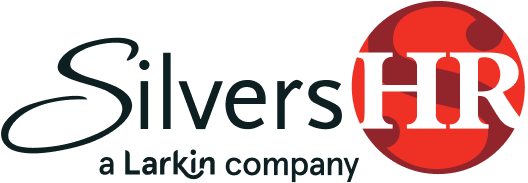By Kate Kriner, PHRca
As we eagerly await the changing colors of the leaves and that crispness to the air, we are reminded that the autumnal season of change extends beyond the falling leaves. With the approach of the New Year, California is set to usher in a fresh wave of adjustments, particularly in the realm of minimum wage and workplace regulations.
Once again, California employers will ring in the New Year (January 1, 2025) with an increase in minimum wage. On August 1, the announcement was made that the statewide minimum wage will increase to $16.50 an hour for employers of all sizes. This increase also raises the exempt salary threshold to $68,640 (two times the minimum wage). If you are in an industry or city with a higher minimum wage, this new statewide requirement will not apply to you.
But wait, there are discussions of an even steeper hike. This November, a ballot measure could push the state’s minimum wage even higher, to $17.00 an hour for employers with more than 25 employees for the remainder of 2024 and $18.00 an hour starting in 2025. If Proposition 32 passes, we could see a return to a two-tiered system, where the minimum wage varies based on the employer’s size. For smaller employers with 25 or fewer employees, the minimum wage would be $17.00 an hour starting January 1, 2025, and increase to $18.00 an hour in January 2026.
Earlier this month, U.S. Citizenship and Immigration Services (“USCIS”) announced they have extended the expiration date of the 2023 Form I-9 from July 31, 2026, through May 31, 2027. Our recommendation is to begin using this updated version immediately, as it will be valid until the stated expiration date of May 31, 2027. The version with the expiration date of July 31, 2026, may be used until that date, and then the version with May 31, 2027, must be used (so you may as well use the updated version now).
Lastly, Cal/OSHA continues to keep us busy with their ever-evolving regulations. It seems like the proverbial ink was still wet on the Workplace Violence Prevention Plan when Cal/OSHA released the proposed Indoor Heat Illness Prevention Regulations (actually this was June 20, 2024). In a stunning display of efficiency, these regulations were approved on July 23, 2024. Further detail about these regulations were shared in an email to our clients on July 25 and also is available on Cal/OSHA’s webpage here.
Please contact your Silvers HR Consultant with questions about any of these new regulations.
